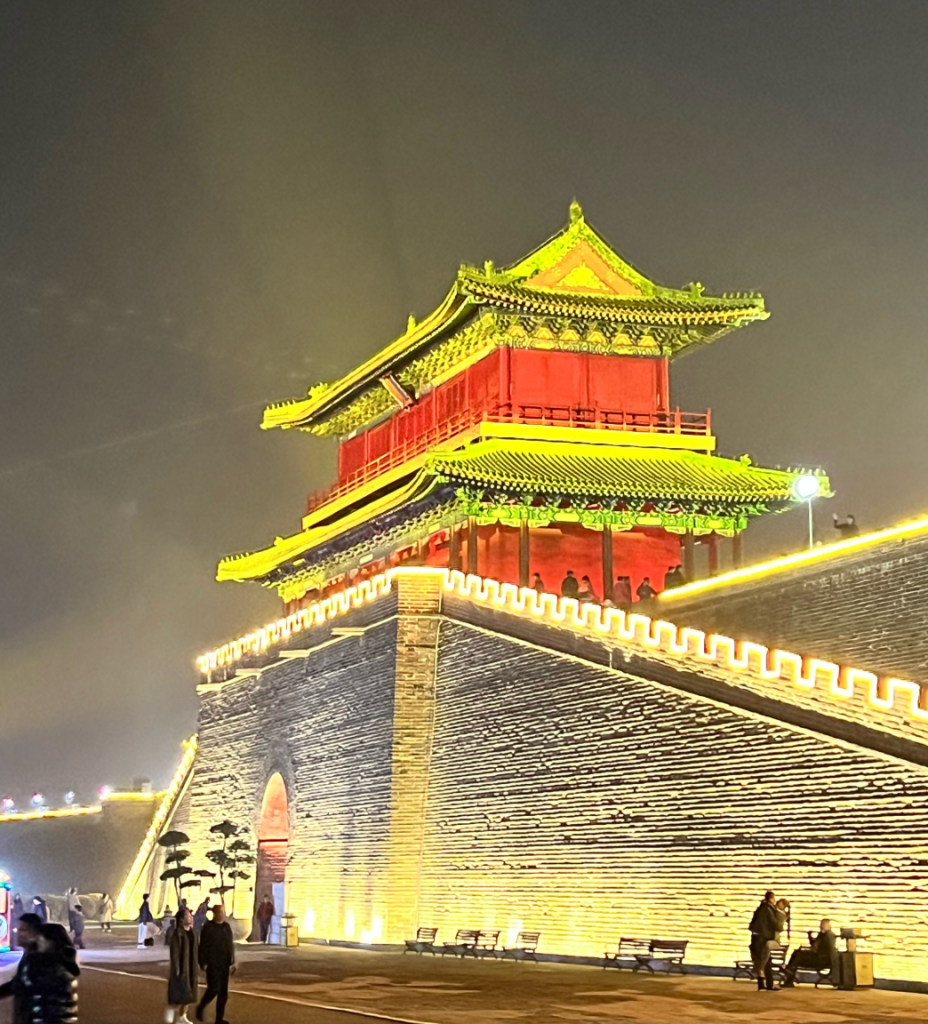When Is the Best Time to Visit Zhengding, China?
Zhengding, a historic county near Shijiazhuang (Hebei’s capital), is famous for its well-preserved ancient temples—like Longxing Temple (one of China’s oldest Buddhist temples) and Kaiyuan Temple—and traditional architecture. To make the most of your trip, choosing the right season matters: it affects your comfort, the scenery, and even your chance to join local cultural events. Below is a breakdown of the best (and busiest) times to visit, plus tips for planning.

1. Spring (March–May): Mild Weather & Blooming Beauty
Spring is one of the top seasons to visit Zhengding, thanks to pleasant temperatures and vibrant scenery.
- Weather: Days are cool to warm, with average highs ranging from 12°C (March) to 25°C (May). Nights can be a bit chilly, so packing a light jacket is smart. Rainfall is rare, so you’ll have plenty of sunny days to explore temples and outdoor spots.
- Scenery: Zhengding’s parks and temple grounds come alive with blooms. Longxing Temple’s courtyard has cherry blossoms and peonies in April, while the streets lined with willow trees turn green—perfect for taking photos of ancient temples against a backdrop of flowers.
- Events: In late April or early May, Zhengding sometimes holds small cultural festivals to celebrate spring, featuring traditional music performances or local craft markets near the ancient city wall. These events let you experience Hebei’s folk culture up close.
- Crowds: Spring is popular but not overcrowded. Weekends see more visitors (mostly local families), so plan weekday trips for quieter temple visits.
2. Autumn (September–November): Crisp Air & Golden Views
Autumn rivals spring as Zhengding’s “perfect season”—it’s dry, comfortable, and ideal for exploring historic sites.
- Weather: Temperatures are mild, with highs between 18°C (November) and 28°C (September). The air is crisp and clear, which makes viewing Zhengding’s ancient architecture (like the giant Buddha statue in Longxing Temple) even more enjoyable. No heavy rain means you won’t have to cancel outdoor plans.
- Scenery: By October, the ginkgo trees in Zhengding’s old town start to turn golden. The ginkgo alley near Kaiyuan Temple is a popular spot for photos—sunlight filtering through golden leaves creates a warm, magical atmosphere. The ancient city wall also looks stunning at sunset during autumn, with the sky painted orange and pink.
- Crowds: Early September is quiet (after summer vacations end), while October gets busier (thanks to China’s National Day Holiday, October 1–7). If you visit after October 7, you’ll avoid the crowds but still catch the autumn foliage.
- Pro Tip: Bring a light sweater for November evenings—temperatures can drop to around 8°C at night.
3. Summer (June–August): Hot, Humid & Busy (But Manageable)
Summer is Zhengding’s peak tourist season (thanks to school holidays), but with some planning, you can still have a good trip.
- Weather: It’s hot and humid, with average highs around 30°C–35°C. Afternoons can feel oppressive, so it’s best to adjust your schedule: visit temples in the morning (8:30 AM–12:00 PM) or evening (4:00 PM–7:00 PM) to avoid the heat. Occasional thunderstorms happen in July and August, so carry a small umbrella.
- Highlights: Summer is the only time to see Zhengding’s lotus flowers—Longxing Temple’s small pond has lotus blooms in July and August, adding a peaceful touch to the ancient temple grounds. Also, the ancient city wall is lit up at night (7:00 PM–9:00 PM), making evening walks along the wall a nice way to beat the heat.
- Crowds: Expect more visitors, especially on weekends. Book tickets for Longxing Temple online in advance to skip long lines. If you’re sensitive to heat, summer might not be your best choice.
4. Winter (December–February): Cold, Quiet & Festive
Winter is Zhengding’s quietest season, perfect for travelers who prefer solitude. It’s also a great time to experience Chinese New Year (if your trip lines up).
- Weather: It’s cold and dry, with average highs around 2°C–8°C and lows dropping to -5°C. Snow is rare but possible in January, which can make the ancient temples look beautiful (but also slippery—wear warm, waterproof shoes).
- Highlights: If you visit in late January or early February (around Chinese New Year), Zhengding decorates its old town with red lanterns and holds small celebrations—like lion dances near the city wall or local food stalls selling hot snacks (try “tanghulu,” candied fruit, to stay warm). Temples are almost empty, so you can take your time admiring details like the carvings on Longxing Temple’s main hall.
- Crowds: Hardly any crowds—you’ll often have temple courtyards to yourself. Just note that some small shops or food stalls might be closed for the holiday.
Final Tips for Visiting Zhengding
- Avoid National Day (October 1–7) and Chinese New Year (1–2 weeks in late Jan/early Feb) if you hate crowds—these times see a surge in local visitors.
- Check temple hours: Most temples (like Longxing Temple) open 8:30 AM–5:30 PM in spring/autumn, but close earlier (5:00 PM) in winter.
- Combine with Shijiazhuang: Zhengding is only 30 minutes by high-speed train from Shijiazhuang—you can easily visit both in one day if you’re short on time.
Whether you choose spring’s blooms, autumn’s golden views, or winter’s quiet, Zhengding’s ancient charm will impress you. Pick the season that fits your style, and get ready to step back in time among Hebei’s most precious historic sites!
